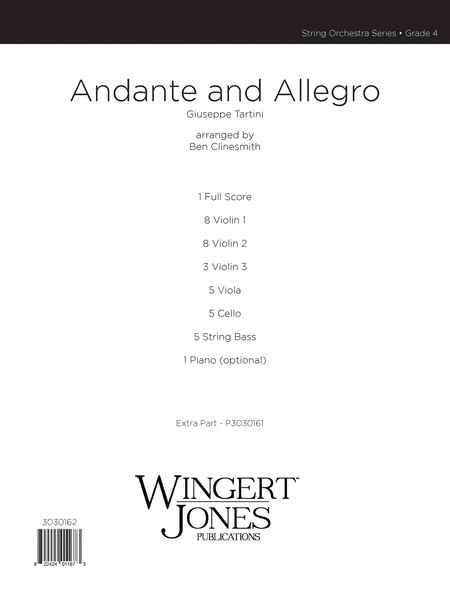Giuseppe Tartini (1692 - 1770)
 Italie
Italie
 Italie
ItalieGiuseppe Tartini (April 8, 1692 ? February 26, 1770) was an Italian composer and violinist. Today, Tartini's most famous work is the "Devil's Trill Sonata", a solo violin sonata that requires a number of technically demanding double stop trills and is difficult even by modern standards. (One 19th-century myth had it that Tartini had six digits on his left hand, making these trills easier for him to play.) According to a legend embroidered upon by Madame Blavatsky, Tartini was inspired to write t ... (Read all)
Source : Wikipedia
Source : Wikipedia
Intermediate Level : Grade 3-5
FREE SHEET MUSIC
- Violin and Viola
Active criterias:
Search
| |||||||||||||||














 SHEET MUSIC
SHEET MUSIC